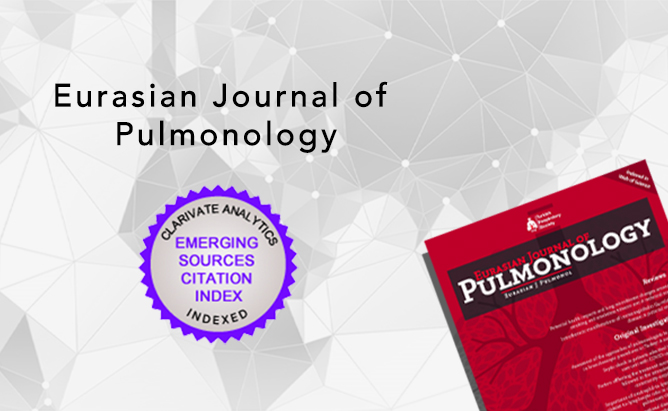2Department of Endocrinology, Pamukkale University, Denizli, Turkey
3Department of Internal Medicine, Pamukkale University, Denizli, Turkey
Abstract
OBJECTIVE: Obstructive sleep apnea syndrome (OSAS) is an episodic disease that is characterized by intermittent partial interruption of breathing during sleep, which results in low oxygen levels in organs and tissues. The characteristic symptoms of OSAS include snoring, apnea or hypopnea, and excessive daytime sleepiness. Our aim is to determine the early diagnosis of diabetes and to initiate treatments for OSAS patients according to the results of polysomnography (PSG) in the sleep polyclinic based on fasting blood glucose and HbA1c levels in patients with known OSAS without diabetes.
MATERIALS AND METHODS: Patients who applied to the sleep polyclinic of the Pamukkale University and were diagnosed with OSAS using PSG were included in the study.
RESULTS: A total of 44 patients with OSAS and a control group consisting of 47 people meeting these criteria were included. Compared with the control group, the patient groups showed significantly higher Hb values (P < 0.05) and lower mean corpuscular volume (P < 0.05). Significant negative correlations were found between glucose levels and mean O2saturation values in patients with severe OSAS (apnea–hypopnea index > 30) (r = −0.583, P = 0.02).
CONCLUSION: In conclusion, even though significant differences were not found in the glucose and HbA1c levels of patients with OSAS, glucose metabolism was deteriorated when saturation was decreased in severe OSAS. Therefore, glucose levels should be observed frequently, particularly in severe cases of OSAS or in patients with hypoxia, regardless of the stage. More attention should also be paid to the development of diabetes.









